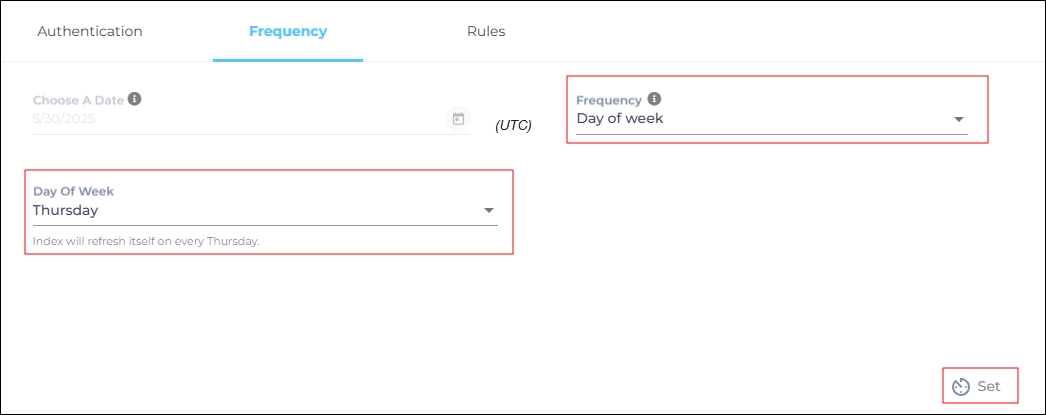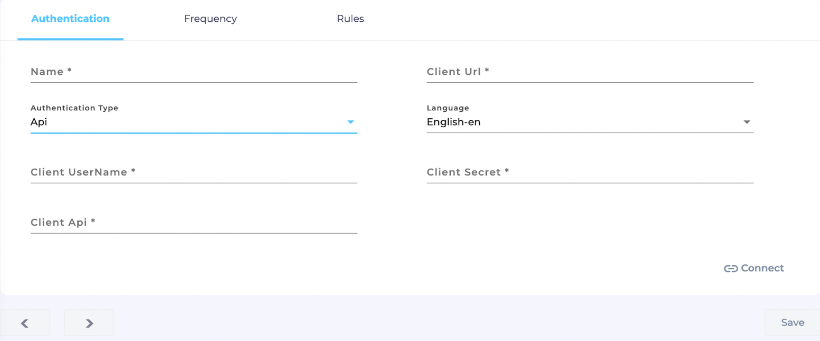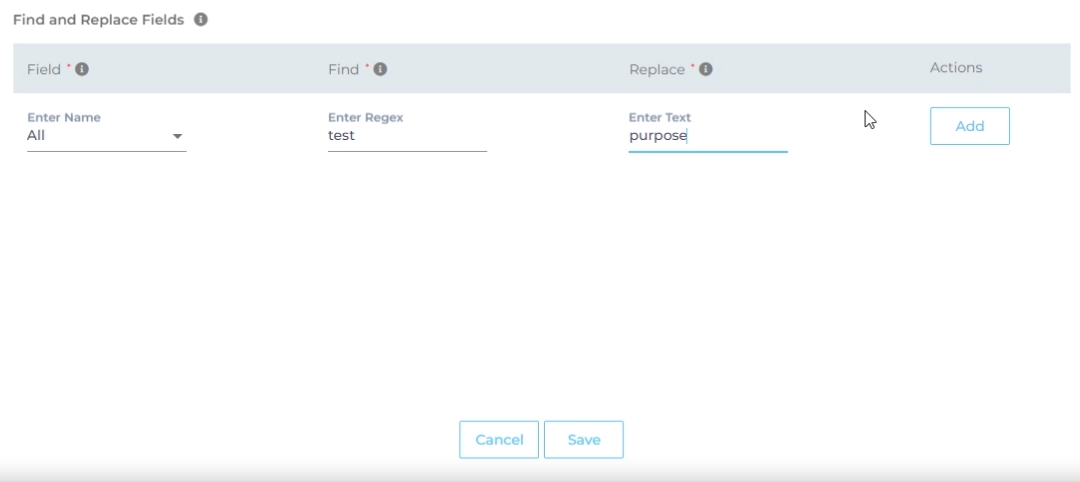Use NICE CXone as a Content Source
NICE CXone (formerly MindTouch) is a popular knowledge management platform. This article walks you through the process of connecting your NICE CXone instance with SearchUnify.
PERMISSIONS
Permissions run on the basis of the your email.
Public permissions are respected. Pages with public permissions are visible to all.
Semi-public permissions are considered public. Pages with semi-public permissions are visible to all.
Private permissions are respected. Pages with private permissions are visible to assigned email addresses and the groups associated with the page.
Semi-private permissions are considered private. Pages with semi-private permissions are visible to assigned email addresses and the groups associated with the page.
Site-Level Permissions are ignored by SearchUnify. They are managed from inside your NICE CXone instance.
All user types, except Community Member, can be crawled in NICE CXone.
You can override all permissions at the level of search results with Bypass Permissions.
Establish a Connection
-
Find NICE CXone, and click Add.
-
Enter authentication details.
-
Name. A label for the content source. Stick to ASCII characters.
-
Client URL. The web address of your NICE CXone instance. If you aren't sure of the base URL, see your NICE CXone pro admin.
-
Authentication Type. No Authentication and Basic Authentication have been deprecated. Select API.
-
Language. Select the content language. It's possible to select more than one language. The default choice is English.
-
Client Username. The ID used to log into NICE CXone.
-
Client Secret and Client API. Check out Obtain NICE CXone Client Key and Client Secret.
Note. Only an admin or a pro admin can generate the API token and if they change the token, the token will be expired and the connection with SearchUnify will also be affected.
Suppose you have users named author, admin, and proAdmin. These names also represent the type of user. If an author creates a connection with SearchUnify, s/he will add the client key and secret of a particular domain with its username. So, Searchunify will only crawl the data of the respective user.
-
-
Click Save.
Re-Connect
The Authentication screen is displayed when an already-created Content Source is opened for editing. An admin can edit a Content Source for multiple reasons, including:
-
To reauthenticate
-
To fix a crawl error
-
To change frequency
-
To add or remove an object or a field for crawling
When a Content Source is edited, either a Connect or a Re-Connect button is displayed.
-
Case 1: When the Connect button is displayed:
-
When the Connect button is displayed if the Content Source authentication is successful. Along with the button, a message is displayed There are no crawl errors and the Content Source authentication is valid.
-
Fig. The Connect button is displayed on the Authentication tab.
-
Case 2: When the Re-connect button is displayed:
-
The Re-connect button is displayed when the authentication details change or the authentication fails for any reason.
-
In both cases, the Content Source connection must be authenticated again. To reauthenticate a Content Source, enter the authentication details, and click Re-Connect.
-
Fig. The Re-Connect button is displayed on the Authentication tab.
Set Up Crawl Frequency
For this content source, the Choose a Date feature is grayed out. That's because during each crawl all the data is indexed from scratch. You can select the crawl frequency after configuring the content source. For now, click Set.
Fig. The Frequency tab when "Frequency" is set to "Never".
Select Fields for Indexing
SearchUnify supports only page_mindtouch object in NICE CXone. The attachment types crawled in SearchUnify are - PDF, DOCX, TXT, DOC, PPT, PPTX, CSV, XLS, and POTX.
-
Under the Rules tab, you will land on the By Content Type subtab.
-
You can see the supported NICE CXone object here. Click EDIT to see the pre-configured fields.
-
At last, Save your settings.
NOTE. You can add or delete the content fields. Although, it is not recommended for users other than Admins to make any changes in the fields.
You have successfully added NICE CXone as a content source in SearchUnify. Perform a manual crawl to start indexing data in SearchUnify.
Related
Find and Replace
Users on the Q2 '24 release or a later version will notice a new button next to each object on the Rules screen. It resembles a magnifying glass and is labeled "Find and Replace." You can use this feature to find and replace values in a single field or across all fields. The changes will occur in the search index and not in your content source.
Fig. The "Find and Replace" button on the Rules tab in the Actions column.
Find and Replace proves valuable in various scenarios. A common use case is when a product name is altered. Suppose your product name has changed from "SearchUnify" to "SUnify," and you wish for the search result titles to immediately reflect this change.
-
To make the change, click
 .
. -
Now, choose either "All" or a specific content source field from the "Enter Name" dropdown. When "All" is selected, any value in the "Find" column is replaced with the corresponding value in the "Replace" column across all content source fields. If a particular field is chosen, the old value is replaced with the new value solely within the selected field.
-
Enter the value to be replaced in the Find column and the new value in the Replace column. Both columns accept regular expressions.
Fig. Snapshot of Find and Replace.
-
Click Add. You will see a warning if you are replacing a value in all fields.
-
Click Save to apply settings
-
Run a crawl for the updated values to reflect in the search results.
After the First Crawl
Return to the Content Sources screen and click ![]() in Actions. The number of indexed documents is updated after the crawl is complete. You can view crawl progress by clicking
in Actions. The number of indexed documents is updated after the crawl is complete. You can view crawl progress by clicking ![]() (View Crawl Logs) in Actions.
(View Crawl Logs) in Actions.
Once the first crawl is complete, click ![]() in Actions to open the content source for editing, and set a crawl frequency.
in Actions to open the content source for editing, and set a crawl frequency.
-
For this content source, the Choose a Date feature is grayed out. That's because during each crawl all the data is indexed from scratch. You can select the crawl frequency after configuring the content source. The following options are available for the Frequency field:
-
When Never is selected, the content source is not crawled until an admin opts for a manual crawl on the Content Sources screen.
-
When Minutes is selected, a new dropdown appears where the admin can choose between three values: 15, 20, and 30. Picking 20 means that the content source crawling starts every 20 minutes.
-
When Hours is selected, a new dropdown is displayed where the admin can choose between eight values between 1, 2, 3, 4, 6, 8, 12, and 24. Selecting 8 initiates content crawling every 8 hours.
-
When Daily is selected, a new dropdown is displayed where the admin can pick a value between 0 and 23. If 15 is selected, the content source crawling starts at 3:00 p.m. (1500 hours) each day.
-
When Day of Week is selected, a new dropdown is displayed where the admin can pick a day of the week. If Tuesday is chosen, then content source crawling starts at 0000 hours on every Tuesday.
-
When Day of Month is selected, a new dropdown appears where the admin can select a value between 1 and 30. If 20 is chosen, then content source crawling starts on the 20th of each month.
It is recommended to pick a date between the 1st and 28th of the month. If 30 is chosen, then the crawler may throw an error in February. The error will be “Chosen date will not work for this month.”
-
When Yearly is selected, the content source crawling starts at midnight on 1 January each year.
-
-
Click Set to save the crawl frequency settings.

-
Click Save.
Data Deletion and SU Index
Deleted page IDs are fetched through APIs between frequency crawls and removed from the SearchUnify index.











